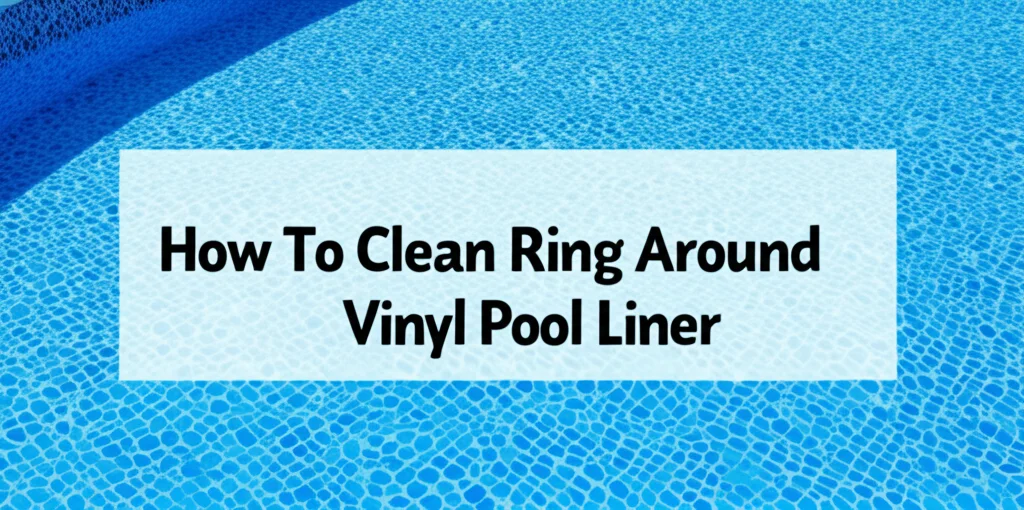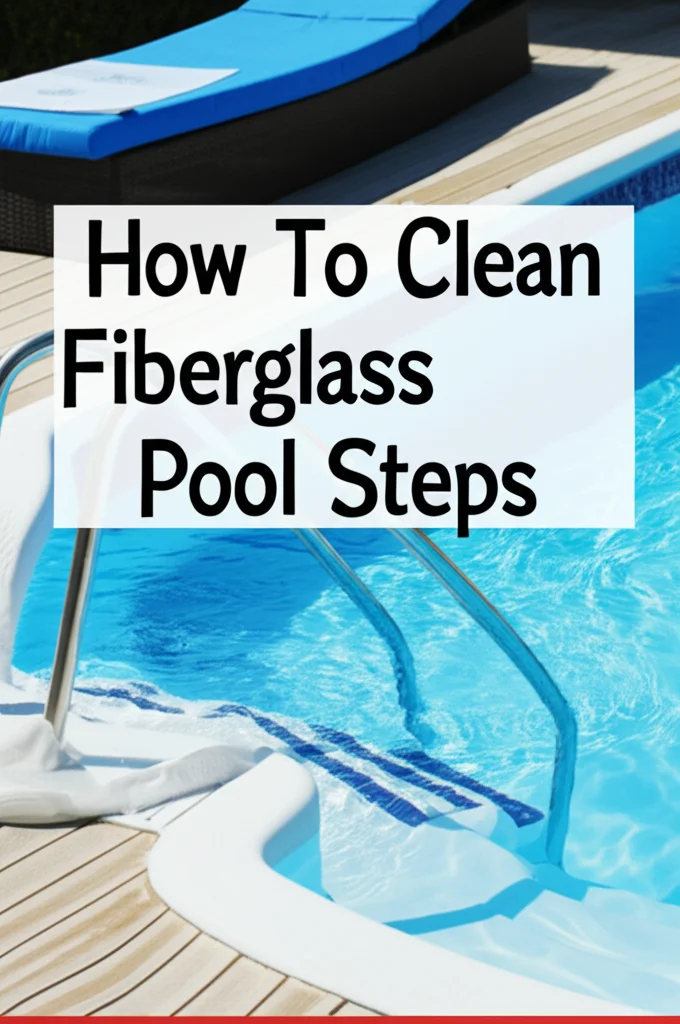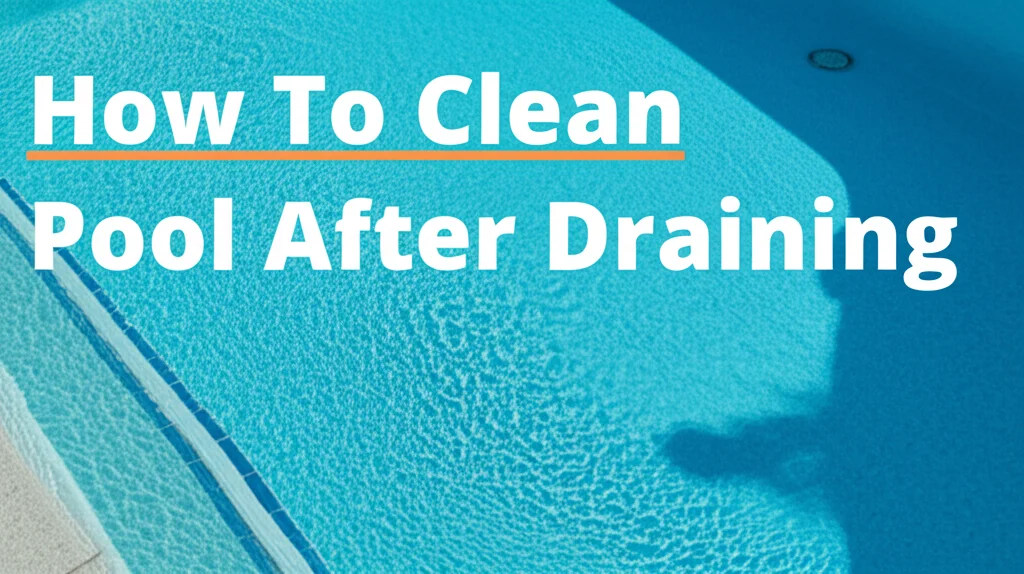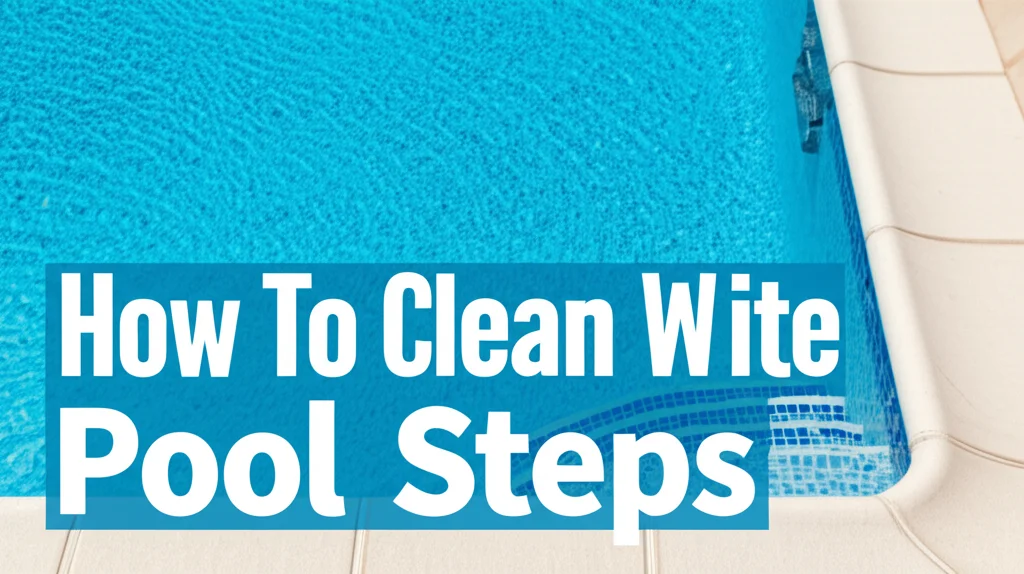· Pool Maintenance · 7 min read
How To Keep Your Pool Crystal Clear
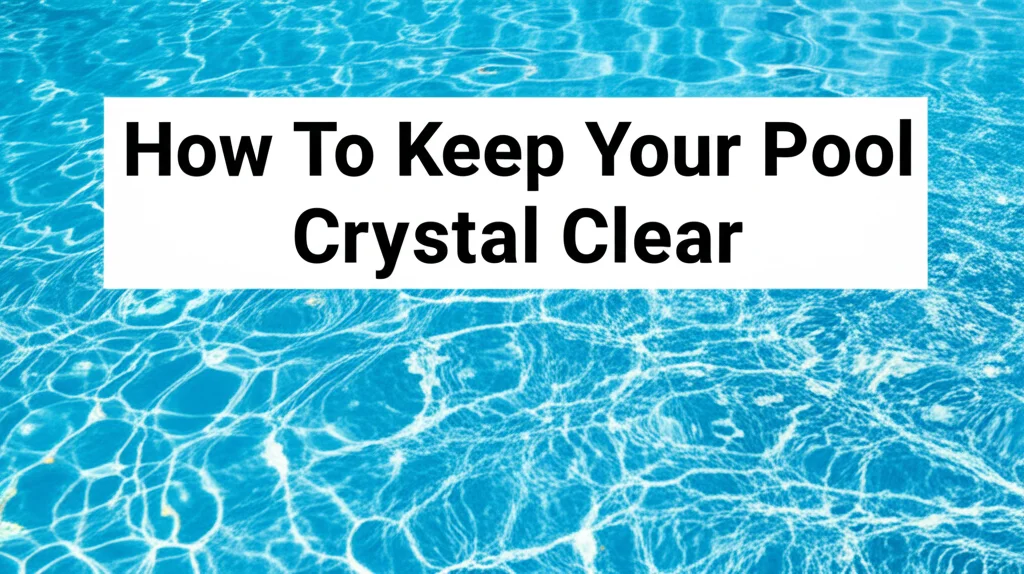
Keeping Your Pool Sparkling: A Guide to Crystal Clear Water
Is your pool looking a little cloudy instead of the inviting oasis you dream of? Don’t worry, achieving crystal clear pool water isn’t as difficult as it seems. Many pool owners struggle with maintaining water clarity, but with the right knowledge and consistent effort, you can enjoy a beautiful, sparkling pool all season long. This article will guide you through the essential steps to keep your pool water pristine, covering everything from basic chemistry to regular cleaning routines. We’ll explore how to prevent algae, balance your water, and troubleshoot common clarity issues. Let’s dive in and learn how to keep your pool crystal clear!
Quick Answer: Maintaining a crystal clear pool involves consistent water chemistry balancing (pH, alkalinity, calcium hardness), regular filtration, diligent skimming and vacuuming, and shock treatment to eliminate contaminants.
Takeaway:
- Balance your pool water chemistry weekly.
- Clean your filter regularly.
- Skim and vacuum your pool frequently.
- Shock your pool as needed.
Understanding Pool Water Chemistry for Clarity
Pool water chemistry is the foundation of a clear and healthy swimming environment. Maintaining the correct balance of chemicals isn’t just about sanitation; it directly impacts water clarity. If your water is out of balance, it can lead to cloudy water, algae growth, and even damage to your pool equipment. Let’s break down the key components.
pH Levels: The Sweet Spot
pH measures the acidity or alkalinity of your pool water. The ideal pH range is 7.2 to 7.8. If the pH is too low (acidic), it can corrode pool surfaces and irritate swimmers’ eyes and skin. Conversely, if it’s too high (alkaline), it can cause scaling and reduce the effectiveness of chlorine. Regularly test your pH and adjust it with pH increaser or decreaser as needed.
Alkalinity: pH’s Buffer
Total alkalinity acts as a buffer for pH, preventing drastic swings. A proper alkalinity level, between 80 and 120 ppm, helps stabilize the pH and makes it easier to maintain. Low alkalinity can cause pH to fluctuate wildly, while high alkalinity can make it difficult to adjust the pH.
Calcium Hardness: Protecting Your Pool Surface
Calcium hardness refers to the amount of calcium dissolved in the water. Ideal levels range from 200 to 400 ppm. Low calcium hardness can cause water to become corrosive, damaging pool surfaces. High calcium hardness can lead to scaling and cloudy water.
The Importance of Filtration
Your pool filter is your first line of defense against debris and contaminants. It removes dirt, leaves, algae, and other particles that can cloud your water. There are three main types of pool filters: sand, cartridge, and diatomaceous earth (DE).
Sand Filters: Reliable and Low Maintenance
Sand filters are the most common type, using a bed of sand to trap debris. They require backwashing – reversing the water flow to clean the sand – every few weeks. While relatively low maintenance, they don’t filter as finely as other types.
Cartridge Filters: Fine Filtration
Cartridge filters use a pleated cartridge to capture particles. They offer finer filtration than sand filters and require less frequent backwashing, but the cartridges need to be removed and cleaned periodically. Consider cleaning your cartridge filter every 2-6 weeks, depending on pool usage.
DE Filters: The Gold Standard
DE filters use a fine powder of diatomaceous earth to trap even the smallest particles. They provide the best filtration but require more maintenance, including backwashing and replenishing the DE powder. If you’re looking for the clearest water possible, a DE filter is a great option.
Regular Cleaning: Skimming, Brushing, and Vacuuming
Even with a good filtration system, regular cleaning is crucial for maintaining a crystal clear pool. Debris that settles on the bottom or sides of the pool can contribute to cloudiness and algae growth.
Skimming: Removing Surface Debris
Skim the surface of your pool daily to remove leaves, insects, and other floating debris. This prevents them from sinking and decomposing, which can affect water chemistry. A good quality leaf skimmer will make this task quick and easy.
Brushing: Preventing Algae Growth
Brush the walls and floor of your pool at least once a week. This removes algae before it can take hold and prevents staining. Pay particular attention to corners and areas with poor circulation.
Vacuuming: Removing Settled Debris
Vacuum your pool weekly to remove dirt, sand, and other debris that has settled on the bottom. You can use a manual vacuum or an automatic pool cleaner. Automatic cleaners can save you time and effort, but manual vacuuming allows you to target specific areas. If you’re struggling with stubborn debris, you might consider using a robotic pool cleaner.
Shocking Your Pool: A Powerful Cleanse
Shocking your pool involves adding a high dose of sanitizer, typically calcium hypochlorite, to kill bacteria, algae, and other contaminants. It’s a powerful way to restore water clarity and prevent problems.
When to Shock Your Pool
Shock your pool:
- After heavy rain
- After a pool party
- When you notice algae growth
- Weekly as a preventative measure
How to Shock Your Pool
Follow the instructions on the shock product carefully. Typically, you’ll add the shock to the pool in the evening, with the pump running. Avoid swimming until the chlorine levels return to normal (usually within 24 hours). Always pre-dissolve granular shock in a bucket of water before adding it to the pool to prevent damage to the pool surface.
Preventing Algae: A Proactive Approach
Algae is a common cause of cloudy pool water. Preventing algae growth is much easier than trying to get rid of it once it’s established.
Maintaining Proper Sanitizer Levels
The most important step in preventing algae is maintaining proper sanitizer levels. Chlorine is the most common sanitizer, but you can also use bromine or a salt chlorine generator. Test your sanitizer levels daily and adjust as needed.
Using Algaecide
Algaecide can be used as a preventative measure, especially during hot weather. Follow the instructions on the product carefully. There are different types of algaecide available, so choose one that’s appropriate for your pool type and needs.
Phosphate Removal
Phosphates are a food source for algae. Removing phosphates from your pool water can help prevent algae growth. You can use a phosphate remover product or a phosphate filter.
Troubleshooting Cloudy Pool Water
Even with diligent maintenance, you may occasionally encounter cloudy pool water. Here are some common causes and solutions:
- Cloudy water after rain: Rain can dilute your pool chemicals and introduce contaminants. Shock your pool and rebalance the water chemistry.
- Cloudy water after heavy use: Heavy use can deplete sanitizer levels and introduce contaminants. Shock your pool and rebalance the water chemistry.
- Green cloudy water: This indicates algae growth. Shock your pool, brush the walls and floor, and use an algaecide.
- White cloudy water: This is often caused by calcium hardness or high alkalinity. Adjust the water chemistry accordingly.
If you’re still struggling with cloudy water, consider consulting a pool professional. They can help you diagnose the problem and recommend a solution. Sometimes, a professional water test can reveal hidden issues.
FAQ
Q: How often should I test my pool water? A: You should test your pool water at least once a week, and more frequently during periods of heavy use or after rain. Regular testing ensures your water chemistry remains balanced, preventing issues like algae growth and cloudy water.
Q: What does a cloudy pool mean? A: A cloudy pool usually indicates an imbalance in water chemistry, the presence of debris, or algae growth. It’s a sign that your filtration and sanitation systems need attention.
Q: Can I swim in a cloudy pool after shocking it? A: No, you should not swim in a pool immediately after shocking it. Wait until the chlorine levels return to a safe range, typically around 1-3 ppm, which usually takes 24 hours.
Q: What’s the best way to prevent algae in my pool? A: Maintaining proper sanitizer levels, regularly brushing and vacuuming, and using an algaecide are the best ways to prevent algae growth. Consistent preventative measures are key.
Enjoy Your Crystal Clear Pool!
Keeping your pool crystal clear requires consistent effort, but the reward – a beautiful, refreshing swimming experience – is well worth it. By following these tips and maintaining a regular maintenance schedule, you can enjoy a sparkling clean pool all season long. Remember to prioritize water chemistry, filtration, cleaning, and algae prevention. Don’t hesitate to seek professional help if you encounter persistent problems. Now, go enjoy your pristine pool!

